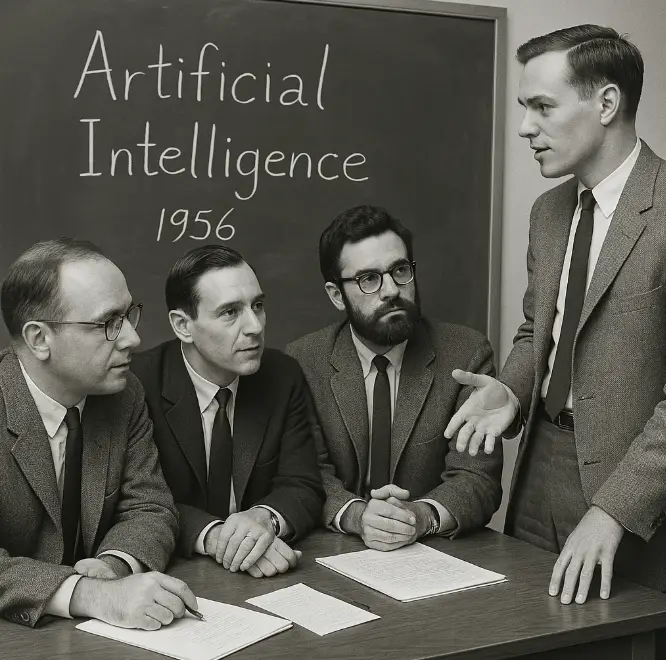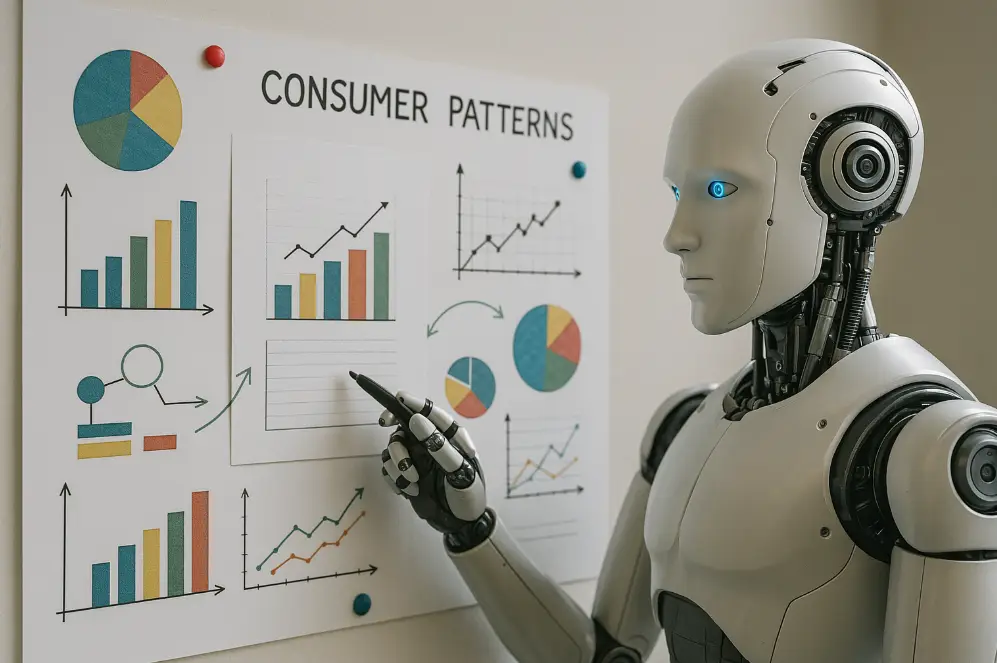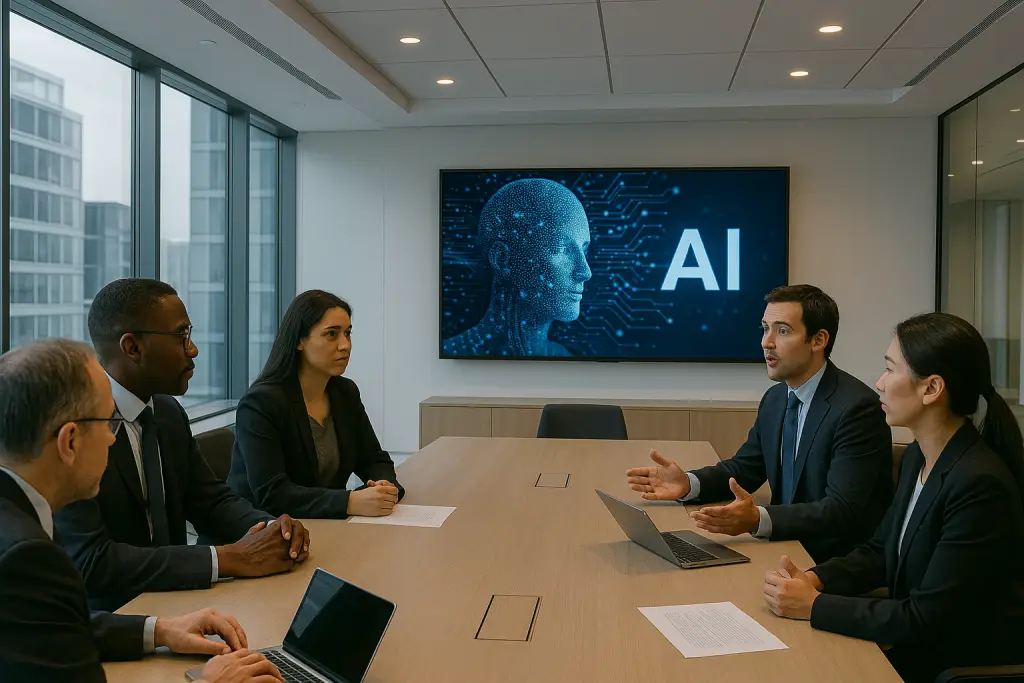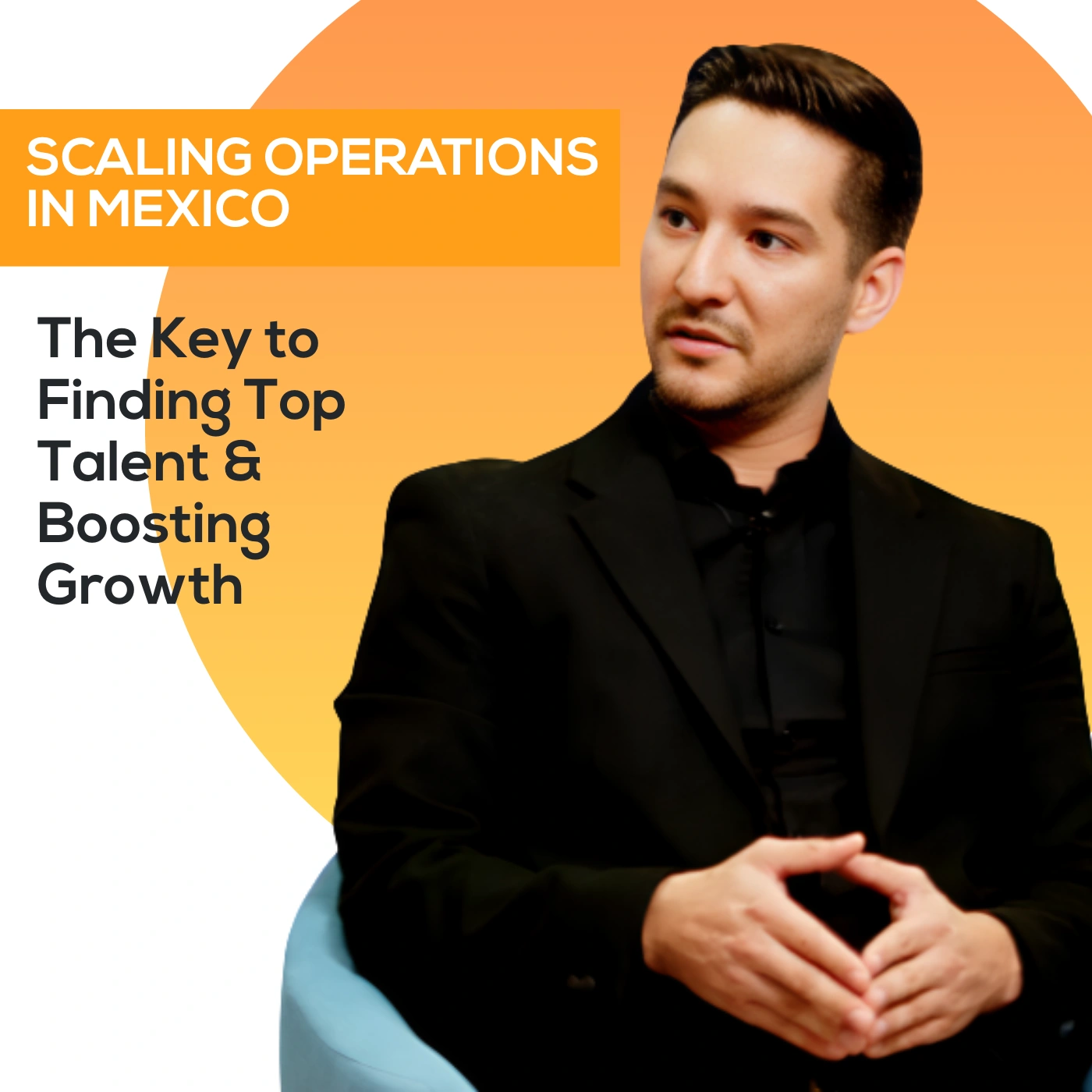
By 2025, humans will generate over 463 exabytes of data every day. To put that into perspective, this is roughly the digital equivalent of streaming 463 billion one-hour films daily. Artificial Intelligence (AI) touches much of this data in one way or another. From the moment you unlock your phone with facial recognition to the recommendations on your favorite streaming service, AI is quietly—but powerfully—shaping how we live, shop, work, and connect.
At the core of AI is one item: data. AI systems learn patterns by analyzing massive amounts of information—what you click, what you type, and even how long you pause before responding to a message. This data allows AI to make decisions, give advice, and sometimes act on our behalf. But that same power also brings serious threats. To borrow a timeless fragment of wisdom from Spider-Man’s Uncle Ben: with great power comes great responsibility. In the case of AI, that responsibility lies in how people’s data is protected.
The Thought That Sparked the Machine
A few decades ago, the idea of intelligent machines gained momentum when mathematician Alan Turing posed a groundbreaking question in 1950: “Can machines think?” He introduced the Turing Test to evaluate whether a machine could imitate human conversation convincingly. Just six years later, in 1956, a group of scientists met at the Dartmouth Conference to officially create the field we now call Artificial Intelligence. That was the start of a journey—from basic programs like ELIZA, which mimicked conversation, to today’s predictive AI systems that shape real-time decisions across industries.

The more advanced AI becomes, the more invisible it gets—especially when it begins syncing with the rhythms of our daily lives. The cadence of your typing, the routes you take without thinking, the photo you hover over, and the silence before a reply. It’s not surveillance—it’s mirroring. A digital version of you taking shape built not from identity but from inference. AI doesn’t just store what you do—it interprets who you are, assembling patterns we might not even notice in ourselves.
So the real challenge isn’t whether AI is good or bad. It’s about who gets to shape that version of you. Who owns the sync? Who defines what’s private, what’s fair, what’s yours? And in this invisible collaboration between humans and machines, how much agency do we truly retain—and how much are we unconsciously trading for convenience?
The Intersection of AI and Data Protection
Artificial Intelligence brings unique challenges to data protection—not only because of the sheer volume of information it processes, but also because of its sensitivity, origin, and the often opaque mechanisms through which it operates. Unlike traditional systems with fixed logic, AI systems learn and evolve, drawing insight from vast datasets that frequently include personal data—much of it collected without clear or explicit consent.
In this evolving landscape, three core concerns stand at the heart of the intersection between AI and privacy: the nature of the data, the opacity of decision-making, and the risk of systemic bias.
AI doesn’t just process names, emails, or birthdays. It learns from unstructured, deeply personal data—voice recordings, facial imagery, GPS coordinates, browsing behaviors, emotional tone, and even keystroke patterns. This granularity enables machines to “understand” humans more intimately than ever before.
But with that understanding comes risk. The subtle collection of behavioral and biometric data often happens invisibly, leaving users unaware of what’s being gathered, how it’s interpreted, and how it might be repurposed. The result? A higher potential for unintentional privacy violations that users never see coming.
Unlike a calculator, modern AI rarely “shows its work.” Deep learning models, particularly neural networks, often function as black boxes—generating predictions or decisions without revealing the rationale behind them. That might be acceptable when choosing a movie to stream, but what about when AI determines who receives a loan, a job offer, or life-saving medical care?
Without transparency, how can individuals question, challenge, or appeal the outcomes of AI-driven decisions? In a world increasingly shaped by automated choices, transparency isn’t a luxury—it’s the boundary between innovation and accountability.
AI systems are shaped by the data we feed them. But that data often carries the weight of human history—with all its imperfections, inequalities, and blind spots. When algorithms are trained on what has been “common,” they risk reinforcing what has also been unfair.
Bias in AI isn’t always easy to detect, but its effects ripple outward. They decide who gets seen, who gets heard, and—just as importantly—who gets left behind. These aren’t just technical errors; they’re ethical dilemmas. And when deployed at scale, quietly and invisibly, their impact multiplies.

The Rise of AI Data Democracy
GDPR
The General Data Protection Regulation (GDPR), launched by the European Union in 2018, was a milestone moment in global privacy law. It applies to any organization processing the data of EU citizens—regardless of where that organization is based. It set strict rules for how personal data must be handled, with penalties reaching into the tens of millions of euros for non-compliance.
Even though it doesn’t outright ban opaque AI systems, it draws a clear legal and ethical boundary: if a decision affects a human being, that decision must be transparent, accountable, and open to challenge. That alone reshaped the conversation around algorithmic responsibility.
Want to explore more about how the GDPR works? Visit gdpr.eu/what-is-gdpr.
CCPA
While GDPR paved the way in Europe, California became the first U.S. state to respond with meaningful legislation. The California Consumer Privacy Act (CCPA) grants residents the right to know what personal data is collected about them, to request its deletion, and to opt out of its sale.
In 2023, the law was strengthened through the California Privacy Rights Act (CPRA), which established a dedicated privacy enforcement agency and expanded protections around sensitive personal data.

Practical Innovations That Help Protect Data Against AI
Normally, AI systems gather all data in one place to learn from it. But federated learning works differently. Instead of collecting your personal data, it trains the AI model on your device—whether it’s a smartphone or a hospital computer. The model learns locally, then sends back only the learning updates—not your actual data.
This approach protects your information by keeping it where it belongs and reducing the risk of leaks or misuse. It proves especially valuable in areas where privacy matters most, like healthcare, banking, and personal devices.

Beyond Consent
But context lives in the human layer—in ethics, in intent, in transparency. That’s where real protection begins: not in what the machine does, but in how deliberately we design its boundaries.
Curious for more? Explore Intugo articles for deeper insights.



